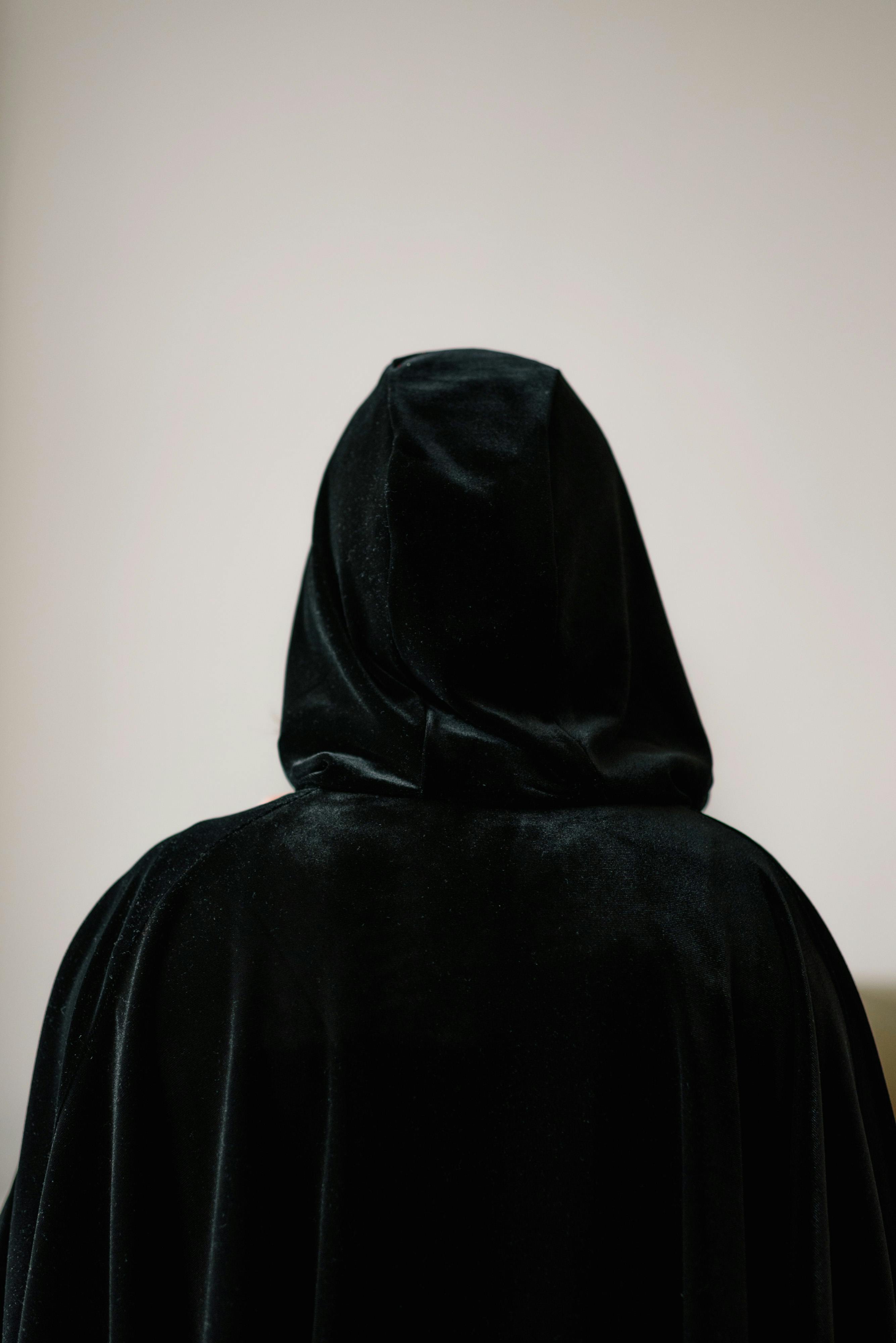
Aesthetic: Intro
Cloaks have been worn as fashionable clothing by both men and women for a very long time in a variety of fabrics and designs, but they were particularly well-liked in Europe during the 16th and 17th centuries. Cloaks are frequently depicted in literature and visual arts, particularly in the fiction. The cloaks are frequently connected to vampires, wizards, and witches. The Harry Potter series’ Invisibility cloak comes to mind.
Cloak Aesthetic
An outer garment known as a cloak is one that hangs from the shoulders, covers the upper body, and ends at the hips before extending to the floor. It may have sleeves with slits or without sleeves, a hood or no hood. For warmth and to protect the inner clothing, especially when travelling, the cloak is worn over other clothing.
Cloaks vs. Capes: Cloak Aesthetic
Cloaks and capes were frequently referred to be the same thing. They both serve the same purpose and are typically made of wool, fur, velvet, and silk, but they are created differently. Capes are sleeveless and short. Cloaks are longer and more voluminous, and they sometimes include sleeves or slits for them. The front ends can be overlapped and held closed in front of the wearer to keep them warm and dry against cold, rain, or snow. This is why they were made large.
Here are the different types of cloaks: Cloak Aesthetic
Domino The Domino, a huge dark cloak that was worn with a half mask, comes to mind whenever we consider costume design for a costume party. At the 19th-century masquerade balls, it was well-liked. It is modelled by the 17th-century pilgrim’s cloak.

Mantle
From the 12th to the 16th centuries, both men as well as women wore the mantle, a hooded cloak. Sometimes they were chopped such that their front sides were longer than that of the back ends. Those worn by women were frequently fabricated from lace, muslin, silk, or fur. Women in the 18th century wore a mantelet, a short cloak. By the turn of the 20th century, women wore mantelets, which were short cloaks with expanded ends in front that were fastened at the waist by a belt.
Ponchos
The ponchos were worn as outerwear by aboriginal Americans. It was a sizable piece of cloth with a hole in the middle where the head could be inserted. To protect against wind and rain, it occasionally included an additional piece of fabric that served as a bonnet. Ponchos fashioned of water-tight fabrics existed that were waterproof. Ponchos are now regarded as a chic type of outerwear.
CLASSIC
A one-piece garment with a symmetrical or waved hem and a fastener around the neck region is the conventional or classic cloak. It is ideal for practically all body sizes and shapes and offers enough mobility. These cloaks might extend as far as the ankles, thighs, knees, or hips.
Royal cloak
A form of fur cloak with a capelet is called a royal cloak. This fashion appears to be exclusive to men and develops into a ceremonial-only clothing for monarchs and noblemen in the 15th century.

Also read: Friends Aesthetic | Time Aesthetic | Laptop Aesthetic